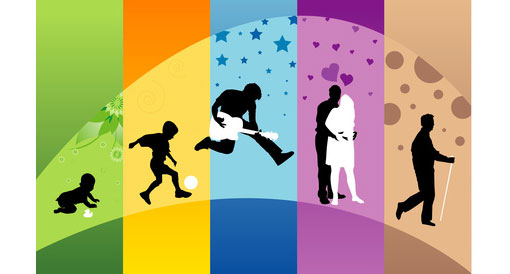
When I was 11 years old, I sat in my first secondary school English lesson. The teacher, like all adults, seemed old to us, but actually he was almost as new to his job as we were.
He announced the first homework assignment: What I Did on My Summer Holidays. There was a spontaneous, heartfelt groan from all around the room; even at 11 years old, we knew this was a hoary, clichéd subject.
When the time came to write the story, I decided that a literal interpretation would be just too dull. Instead, I wrote a fictional piece involving criminals, kidnapping and other lively stuff, as if it had really happened to me on my holidays.
Next week, the teacher read out my story. There was silence at the end: then the whole class burst into applause – a unique experience for me. It was at that moment that I decided to become a writer.
I mention this because hopefully you identified with me to some extent. I told you a story. People like hearing stories, and they’re potentially very powerful. Everyone tells stories: just listen next time you’re on a bus, or in a pub. But stories don’t often make their way into presentations.
This is a shame, because they certainly have the power to transform any presentation – if they’re done right.
First of all, stories simplify and clarify the points you’re trying to get across. No matter how complex your topic, a story can strip away the clutter and reveal the essential. They bring what you’re saying alive.
Stories also help to hook your audience, partly because they usually involve emotion. Instantly, they transform your listeners from passive bystanders to active participants. They experience your story as if it were their own.
Unlike charts, masses of data and dry argument, stories are easy to remember. They also represent a useful breathing space: PowerPoint presentations are often information dumping grounds, and a presenter can dump information a lot faster than people can take it in. A story allows the audience to catch its breath and refocus on the presentation.
You can use stories about yourself, about others, about fictional people, even tales from mythology. But there are a few pointers worth bearing in mind. It’s a good idea to put some feeling into the story; this adds emotional power. Also, any story you tell should be short, relevant to the audience, and fit the context – not be a digression. It should make a strong point, not leave anyone guessing what that point was.
If you follow these simple suggestions, you’re well on the way to bringing your presentations alive – and keeping your audience awake. And who knows, they might even clap you at the end.
By David Vickery




